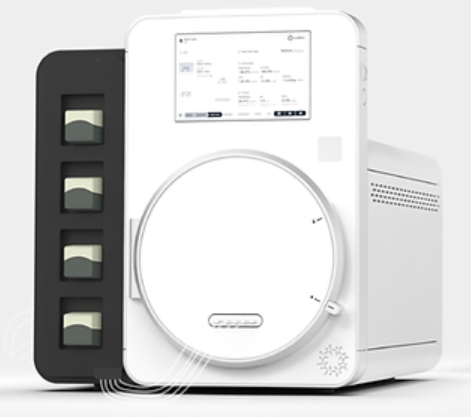The patches may be effective at helping to restore the heart following a myocardial infarction, as the heart isn’t able to restore lost cells on its own.

A team of researchers from University of Minnesota-Twin Cities, University of Wisconsin-Madison, and University of Alabama-Birmingham have developed a technique for 3D printing cardiac patches seeded with living cells. The patches may be effective at helping to restore the heart following a myocardial infarction, as the heart isn’t able to restore lost cells on its own.
The technology has already been tested on a mouse model following an induced heart attack in which cardiac function wa significantly improved in four weeks following the application of the patch.
The patch is structurally based on how proteins naturally assemble within cardiac tissue. A highly detailed technique called multiphoton-excited 3D printing was used to create an extracellular matrix that was then seeded with about 50,000 cardiomyocytes, smooth muscle cells, and endothelial cells obtained from human-induced pluripotent stem cells.
The patch began beating on its own only a day after placing the cells and calcium transients, which are intercellular signaling mechanisms, were detected and increased over the following week.




